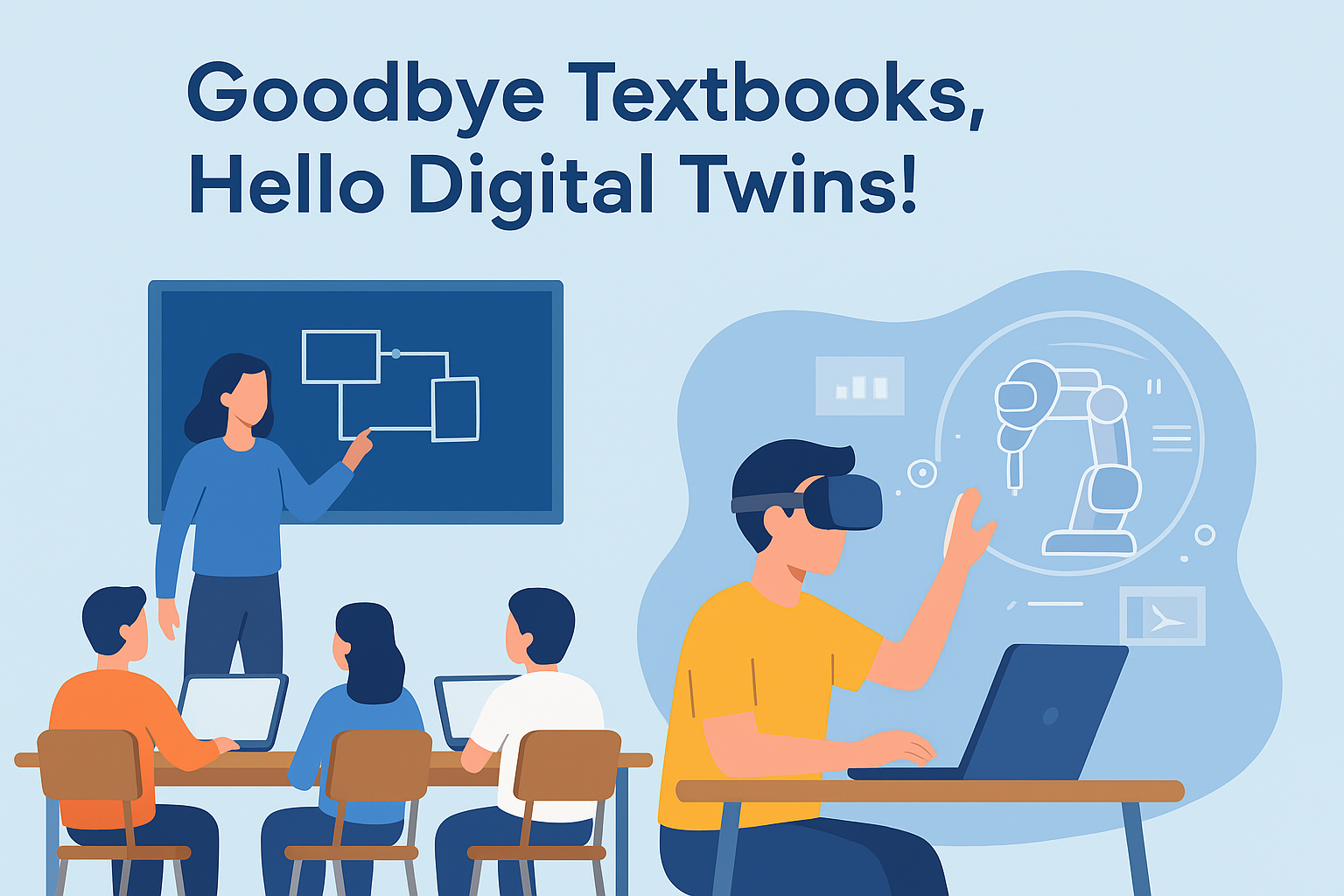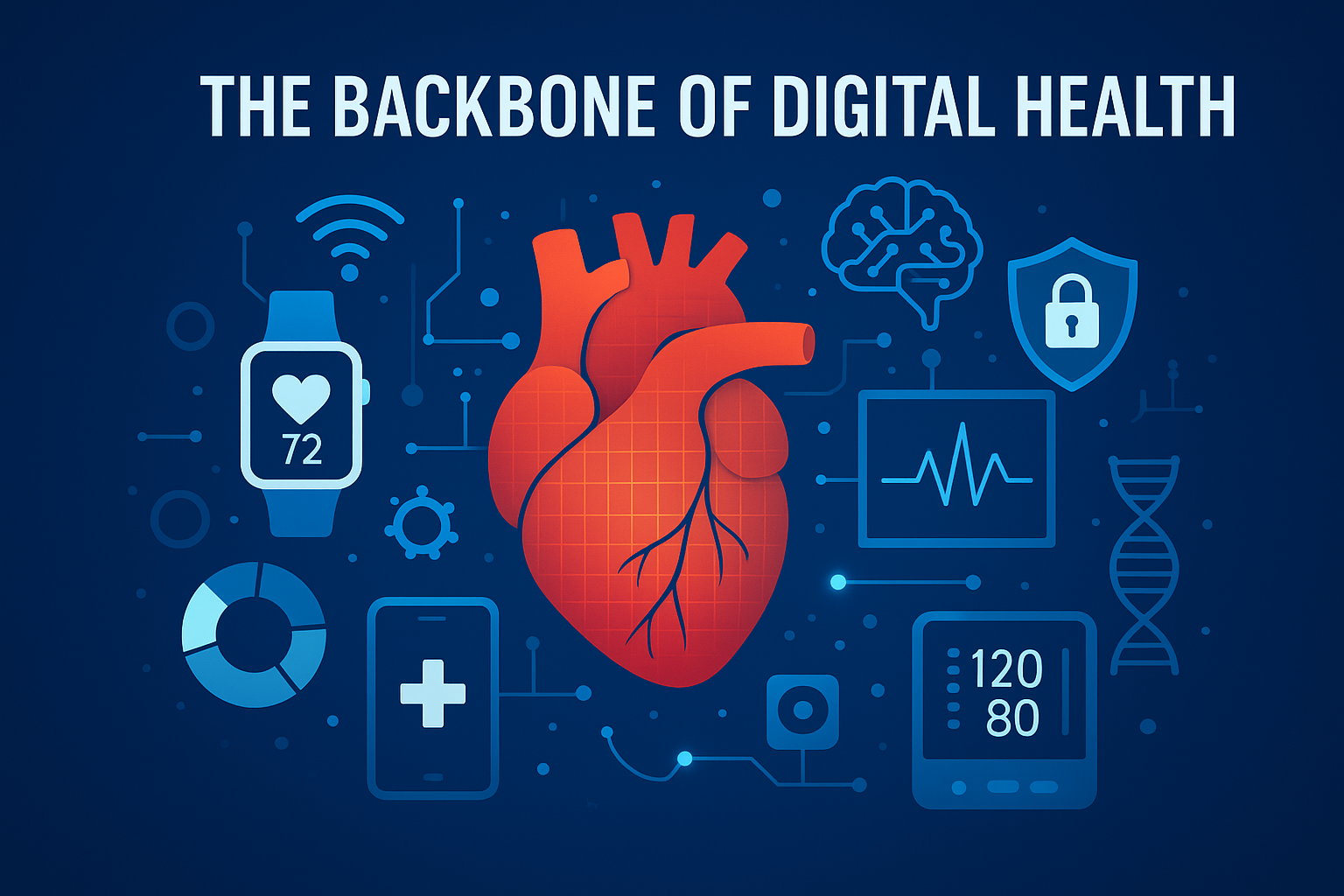
From Chalkboards to Digital Twins: The Future of Learning
Classrooms used to be pretty predictable—rows of desks, a teacher at the front, and lessons that mostly flowed one way. Students listened, took notes, and memorized facts. Interaction was limited, and experiments often stayed trapped on the pages of a worksheet.
Fast forward to today, and the classroom feels more like a lab or even a tech startup. Students don’t just read about systems, they explore them. They don’t just hear about how something works—they test it in real time. At the center of this shift is a powerful tool borrowed from industry: digital twins.
What Are Digital Twins?
A digital twin is a virtual copy of a real-world system that updates instantly. Industries like aerospace and energy have relied on them for years, but now they’re entering education. That means students can dissect a virtual organ, run a climate simulation, or test-drive a robot—all without leaving their desks.
Smarter, More Personalized Learning
These tools aren’t just interactive; they adapt to each student. By tracking progress and feeding in live data, digital twins adjust simulations on the fly. Imagine an engineering student designing a bridge and instantly seeing how it bends, breaks, or holds up under pressure. It’s safe, scalable, and deeply engaging.
The Tech Making It Happen
- Smart Platforms & Sensors – IoT devices and microcontrollers replicate real-world physics.
- AI & Edge Computing – Local processors cut down lag for real-time feedback.
- AR & VR Interfaces – Headsets and wearables let students “step inside” their simulations.
Already Happening Around the World
- In Switzerland, medical students are training with VR surgical twins.
- At the University of New South Wales, digital field trips take students to remote geological sites—or even Mars.
- Universities are simulating full-scale industrial production lines for safe, hands-on training.
What’s Next
The possibilities stretch far beyond today’s experiments. Picture global classrooms where students collaborate on the same digital project, even if they’re continents apart. Imagine courses that reshape themselves automatically for every learner. Or AI tutors guiding students while 5G-powered AR/VR immerses them in environments as real as life itself.
Education is no longer about memorizing facts—it’s about experiencing them. With digital twins, the classroom doesn’t just explain the world; it opens the door to living, testing, and reshaping it.
The next generation of learners won’t just be students. They’ll be explorers, innovators, and creators—equipped with the tools to reimagine reality itself.
Sources
https://ethz.ch/en/industry/industry/news/data/2024/03/digital-twins-for-the-machine-industry.html
https://pages.lenovo.com/ThinkReality-VRX-that-works.html
https://zspace.com/
https://www.k12dive.com/news/curriculum-materials-in-classrooms/692920
